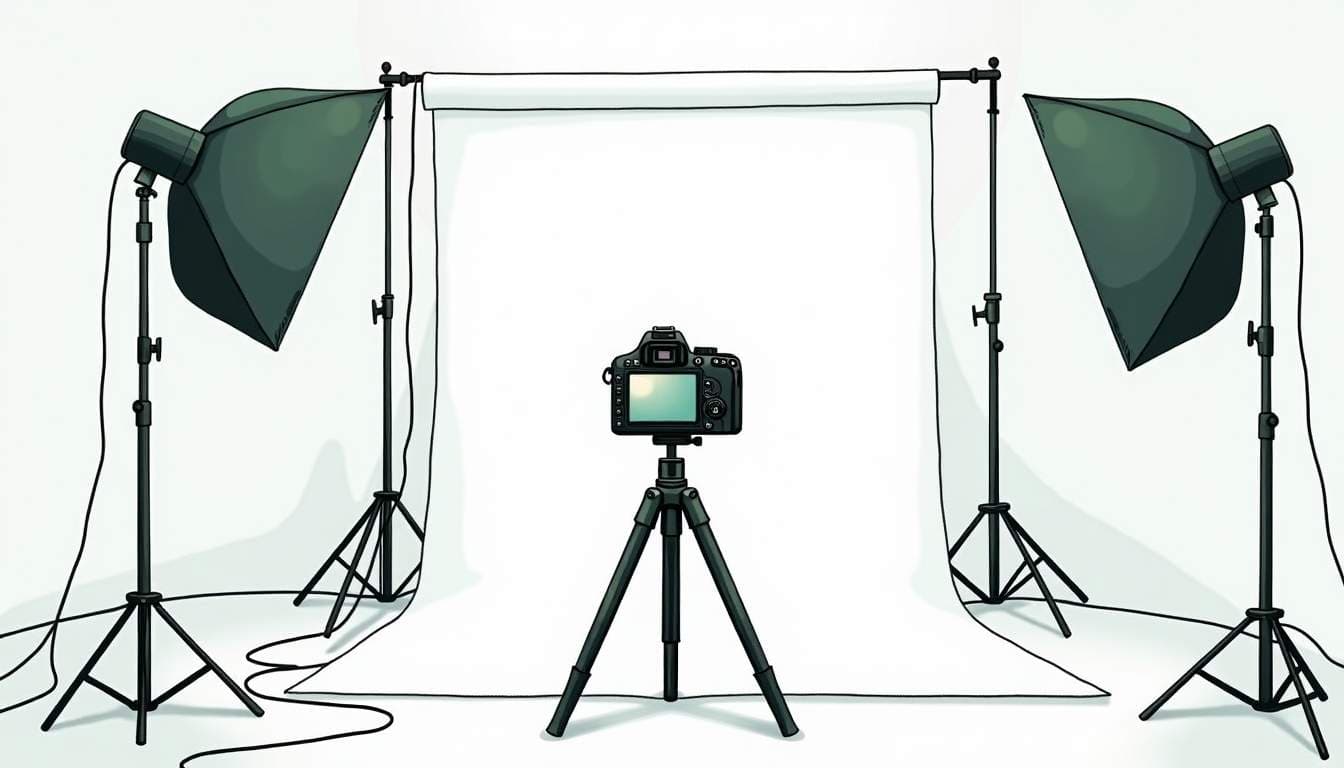Corporate photography is a specialized field that demands a blend of technical skill, creativity, and an understanding of business branding. Whether capturing portraits of executives, documenting corporate events, or creating compelling images for marketing materials, photographers must deliver professional excellence to meet the high standards of the corporate world.
With the global photography market valued at over $100 billion in 2023 and growing steadily, mastering corporate photography offers exciting opportunities for photographers aiming to carve out a niche in this lucrative sector. This article explores essential tips and strategies to help photographers excel in corporate photography, ensuring their work stands out and meets client expectations.
Understanding the Corporate Photography Landscape
Corporate photography is more than just taking pictures; it’s about conveying a company’s identity, culture, and professionalism through images. Businesses rely heavily on visual content to build trust, engage clients, and enhance their brand image. This makes corporate photography a critical investment for companies of all sizes.
According to recent industry reports, the global photography services market was valued at approximately $10 billion in 2022, reflecting the significant demand for professional photography services across various sectors, including corporate. This demand is fueled by companies’ increasing need for high-quality visual content in an era dominated by digital marketing and social media.
Moreover, technology is reshaping the photography industry. AI tools are becoming integral to editing and post-processing, with 45% of photographers using AI for these tasks in 2023, up from just 12% in 2020. Embracing such advancements can enhance efficiency and creativity in corporate photography projects. The integration of virtual reality (VR) and augmented reality (AR) is also on the rise, offering innovative ways for businesses to present their products and services. These technologies allow potential clients to experience a brand in a more immersive way, elevating the standard for visual content.
Why Corporate Photography Requires a Unique Approach
Unlike casual or artistic photography, corporate photography must align with a company’s branding guidelines and professional tone. The images should reflect the company’s values, professionalism, and industry standing. This requires a photographer to have excellent communication skills, an understanding of business environments, and the ability to adapt their style accordingly.
Corporate clients often seek consistency across their visual assets, which means photographers must deliver images that are cohesive in style, lighting, and composition. This consistency helps reinforce brand recognition and trust among clients and stakeholders. Furthermore, the narrative behind each image plays a crucial role; photographers must be adept at capturing not just the subject but the essence of the moment, whether it’s a candid shot of a team brainstorming or a polished portrait of a company leader. The ability to tell a story through visuals can significantly enhance a corporate brand's relatability and appeal.
Additionally, the rise of remote work and virtual meetings has transformed the way corporate photography is approached. Companies are increasingly looking for ways to showcase their teams and culture through remote or hybrid setups. This shift has led to the need for photographers who can skillfully navigate different environments, ensuring that even virtual interactions are captured in a way that feels authentic and engaging. As a result, the demand for versatile photographers who can adapt to various settings and technologies is on the rise, further emphasizing the importance of a tailored approach in corporate photography.
Essential Tips for Capturing Professional Corporate Images
1. Prioritize Lighting for a Polished Look
Lighting is one of the most critical elements in corporate photography. Natural light is preferred by many professionals for its flattering and authentic quality. In fact, a 2023 study found that 68% of professional photographers favored natural light for their shoots, while 32% relied on artificial lighting.
When shooting indoors, positioning subjects near windows or using diffused natural light can create soft, professional-looking portraits. However, artificial lighting remains essential in controlled environments or when natural light is insufficient. Investing in quality lighting equipment and mastering its use can significantly elevate the final images. Additionally, consider the time of day when planning your shoot; the golden hour—shortly after sunrise or before sunset—offers a warm, inviting glow that can enhance the overall aesthetic of your images.
2. Master Composition and Framing
Strong composition is key to creating images that communicate professionalism and confidence. Use the rule of thirds to position subjects dynamically within the frame, and ensure backgrounds are clean and uncluttered to avoid distractions.
Corporate portraits often benefit from tighter framing to focus on facial expressions and convey approachability. For group shots or event photography, wider framing that captures the environment and interactions can add context and storytelling depth. Experimenting with angles can also yield unique results; for instance, shooting from a slightly lower angle can create a sense of authority, while a higher angle might evoke a feeling of openness and approachability. Don't hesitate to take multiple shots from different perspectives to find the most compelling composition.




